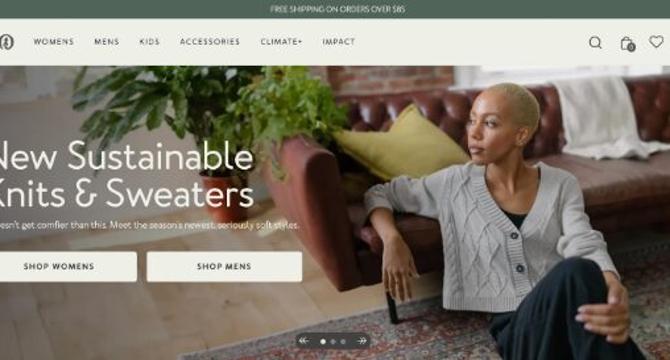TechBullion
2d
83

Image Credit: TechBullion
Why Your Website’s Design Might Be the Reason No One Trusts You — Even in Charlotte
- According to a report by Stanford’s Web Credibility Project, 75% of consumers judge a business’s credibility based on its website design.
- Above Bits (AB) emphasizes the crucial link between trust and design, highlighting how web design impacts user behavior and credibility.
- Design trust cues like button size, font consistency, and color contrast play a significant role in user perception, as observed in a case where a button design affected conversions.
- Web design in Charlotte is integral, especially with the growing population and business landscape that demands trustworthy online representation.
- Design choices on websites lead to instant judgments by users, highlighting the importance of creating a reliable and visually appealing online presence.
- Slimming down on design elements like image sliders and focusing on user-friendly layouts can enhance trust and engagement, as observed by Above Bits.
- Local trust-based design preferences vary by region; in Charlotte, warmth, familiarity, and neighborhood charm are crucial for building credibility.
- Mobile responsiveness is key for trust in web design, with over 58% of global website traffic coming from mobile devices according to Statista.
- AB stresses the importance of testing mobile responsiveness on actual devices to ensure optimal user experience and trust-building.
- Web design should balance aesthetics with functionality, as poor layouts or slow loading times can significantly impact bounce rates, as shown by Google's UX report.
Read Full Article
4 Likes
For uninterrupted reading, download the app